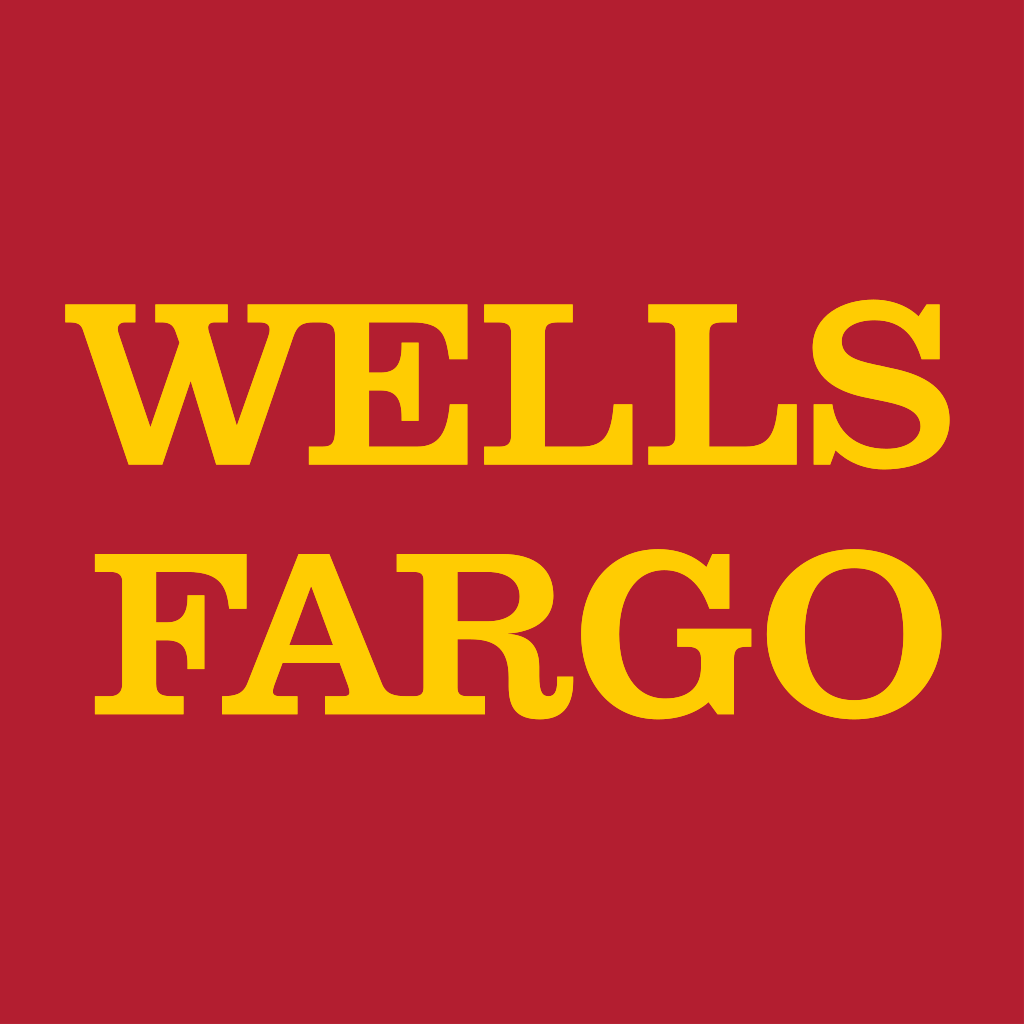Wells Fargo & Company is a diversified, community-based financial services company with 1.92 trillion in assets. Wells Fargo’s vision is to satisfy our customers’ financial needs and help them succeed financially. Founded in 1852, and headquartered in San Francisco, Wells Fargo provides banking, investment and mortgage products, and services, as well as consumer and commercial finance through more than 7,200 locations, more than 13,000 ATMs, the internet (wellsfargo.com), and mobile banking and has offices in 31 countries and territories to support customers who conduct business in the global economy.
The company’s milestones:
– In 1781 – The Continental Congress charters the Bank of North America (now Wells Fargo) to create new financial tools for a fledgling nation.
– In 1790s – the Bank of North America (now Wells Fargo) pays extra for difficult-to-copy designs on paper to protect customers.

– In 1852 – Introducing Wells Fargo. New towns and cities emerge as people pursued opportunity in distant places. In San Francisco, people turn to Wells Fargo to get money, news, and more.
– In 1855 – Needing a safe place to put his money during the Gold Rush, John Topping entrusts his gold to a Wells Fargo agent in Folsom, California.
– From 1858 – 1861 – Overland Mail Company stagecoaches, financed by Wells Fargo, travel day and night across thousands of miles — proving wrong critics who said it was impossible.
– In 1865 – When Georgia’s railroads and economy lay in ruins, the Atlanta National Bank (now Wells Fargo), the first nationally regulated bank in the South, provides loans to help rebuild.
– In 1866 – 1869 – President Lincoln calls for a transcontinental railroad. While the lines are being built, passengers use Wells Fargo stagecoaches to stay connected and send money.

– In 1875 – One of the most highly regarded security forces in the industry, Wells Fargo uses armed guards, reinforced treasure boxes, forensics, and more.
– In 1888 – Chinese-speaking customers trust Wells Fargo’s translators and express service would get their letters delivered.
– In 1907 – Catalog shopping takes off, with payments sent and packages delivered by Wells Fargo.
– In 1930s – As infamous robbers target banks, Wells Fargo leverages the latest in technological advancements — steel vaults — to safeguard customers’ wealth.
From 1950s – 1960s – As the number of cars in the U.S. doubles to 50 million between 1945 and 1955, free parking and motor banking become standard at Wells Fargo.
In 1960s – The launch of the Soviet satellite Sputnik spurs Americans to focus on education. While federal programs provide some funding, students and families turn to Wells Fargo for additional loans.
– In 1969 – The holding company Wells Fargo & Company came into being; it owned all shares of Wells Fargo Bank, NA, as the bank was renamed.

– In 1978 – “Banking hours” disappear when customers get access to money night and day at a Wells Fargo Express Stop ATM.
– In 1980 – Wells Fargo is the first bank in California to offer customers 24/7 banking by telephone from the comfort of their home.
– In 1995 – The rise of personal computers connected to the internet changes customers’ expectations for convenience. Wells Fargo responds by becoming the first major bank to offer banking online.
– In 1997 – The merger of Loomis Armored Inc. and Wells Fargo Armored Service Corp. in 1997 created Loomis, Fargo & Co., a division of Securitas AB, a Swedish company.
– In 2007 – Customers have a new way to access their accounts on their phones.

– In 2012 – More people become homeowners with down payment assistance and financial education from the NeighborhoodLIFT® program in collaboration with local nonprofits.
– In 2014 – The Wells Fargo Startup Accelerator encourages and funds new businesses that are creating innovative technologies.
– In 2017 – Wells Fargo is the first major bank to let customers use their phones to get cash and more at ATMs.
– In 2020 – Wells Fargo donated approximately $400 million in Paycheck Protection Program processing fees through a new program, the Open for Business Fund, to support small businesses owned by people who have been hit hardest by COVID-19.
According to wellsfargohistory.com; zippia.com. Source of photo: internet




![[HONORARY PROFESSOR OF RECORD FOR PRACTICE AND EMPIRICAL RESULTS – 2024] RECORD HOLDER CHU BAO QUE (BAC GIANG PROVINCE, VIETNAM)](https://uskings.us/wp-content/uploads/2024/05/IMG_0386-218x150.jpg)



